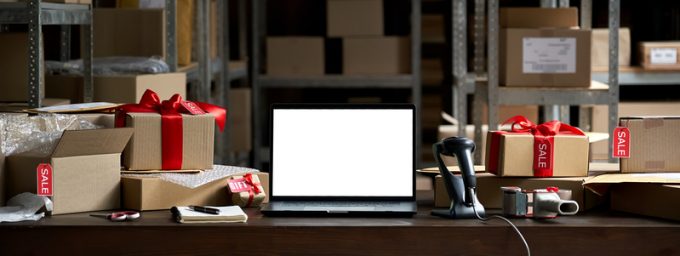FedEx message regarding passing of founder and executive chairman Frederick W. Smith
June 21, 2025 10:13 PM The following is a message sent to FedEx team members. Team, It is ...

Like a tired but diligent old battle horse, the US consumer shook off worries about debt levels and opened the wallet for the peak shopping frenzy of the year.
Industry groups, operators and observers had predicted a subdued Cyber Week, with projections of a 5.4% rise ...

Comment on this article